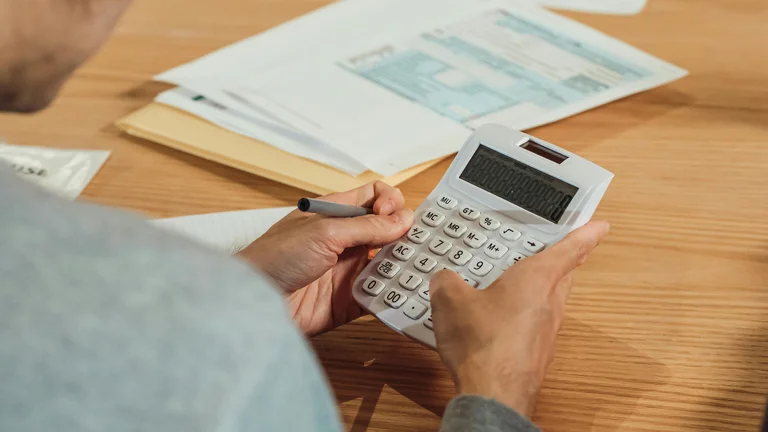Understanding Your Spending Habits

Tracking your expenses starts with understanding your spending habits. Knowing where your money goes helps identify spending patterns. Begin by gathering your bank statements, receipts, and any records of payments. Categorize your expenses into necessary categories such as housing, utilities, food, transportation, and leisure. Once grouped, tally your spending to see which areas consume most of your budget.
Choosing the Right Method for Tracking
There are various methods available for tracking expenses. You can use apps or software, or opt for traditional pen and paper. Mobile apps like Mint and YNAB (You Need A Budget) are popular because they automatically sync your transactions. Alternatively, keeping a budget planner or a spreadsheet provides a hands-on approach. Decide which method aligns with your comfort level and lifestyle.
Setting Realistic Budgets
After tracking your expenses for a month, start creating a budget. Your budget reflects your priorities and goals. Focus on essential expenses first, then allocate funds to discretionary spending. Make sure to set a realistic budget that reflects your income and costs. Be flexible; if expenses rise unexpectedly, glide through adjustments to maintain balance.
Regularly Reviewing Your Finances
Consistency is key when tracking expenses. Regular reviews lead to better financial health. Set aside time each week or month to examine your spending. Look for trends, such as increased spending in certain areas, and make necessary adjustments. Regularly reviewing allows you to stay aligned with your financial goals and focuses your efforts on improvement.
Utilizing Tools for Maximum Efficiency
Numerous tools can streamline expense tracking. Consider using budgeting tools available online. These tools often feature graphs and charts that visually represent your financial data, offering quick insights. Additionally, consider using reminders for bill payments and due dates, preventing late fees and unnecessary spending. Explore different options until you find one that suits your preferences.
| Method | Description | Pros | Cons |
|---|---|---|---|
| Mobile Apps | Apps that sync transactions and categorize expenses. | Convenient, user-friendly, real-time updates. | Requires internet, might have subscription fees. |
| Spreadsheets | Customizable templates to track expenses. | Highly flexible, can be tailored. | Requires manual input, can be time-consuming. |
| Papers | Notebooks or planners for manual tracking. | Visual and tangible, no tech needed. | Easy to lose track, might be less organized. |
FAQ - How to Track Your Expenses
Why should I track my expenses?
Tracking expenses helps you understand where your money goes, enabling better budgeting and financial planning.
What tools can I use for tracking my expenses?
You can use mobile apps like Mint or YNAB, spreadsheets, or traditional notebooks for tracking your expenses.
How often should I review my expenses?
It's advisable to review your expenses weekly or monthly to stay on track with your budget and make necessary adjustments.
Can tracking expenses help in saving money?
Yes, by identifying spending patterns, you can find areas to cut back, thus saving money over time.
What are some common categories for expense tracking?
Common categories include housing, utilities, transportation, food, entertainment, and personal care.
To effectively track your expenses, start by understanding your spending habits through organized categorization. Choose the right tracking method, set realistic budgets, review finances regularly, and utilize efficient tools. This proactive approach offers clarity and aids in efficient financial management.
Tracking your expenses lays the foundation for financial security. By understanding spending habits, utilizing appropriate tools, and setting realistic budgets, anyone can gain control over their finances.